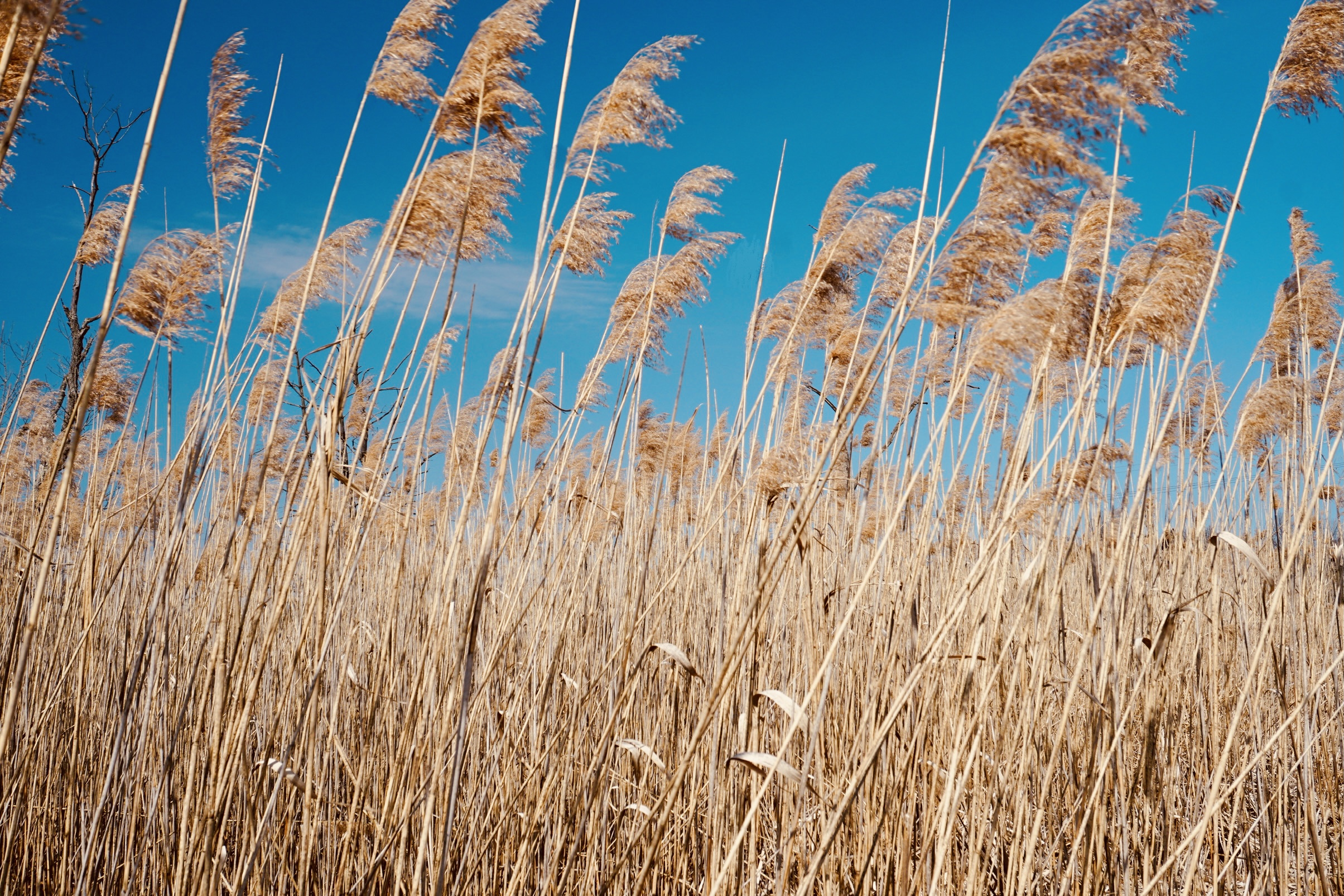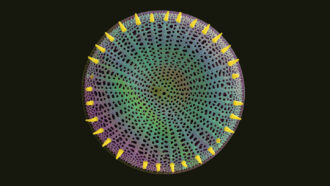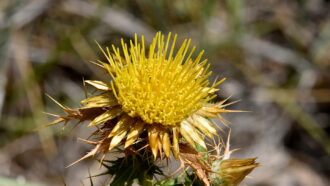Explainer: What is an invasive species?
Troublemaking newcomers cause problems for people and native species alike
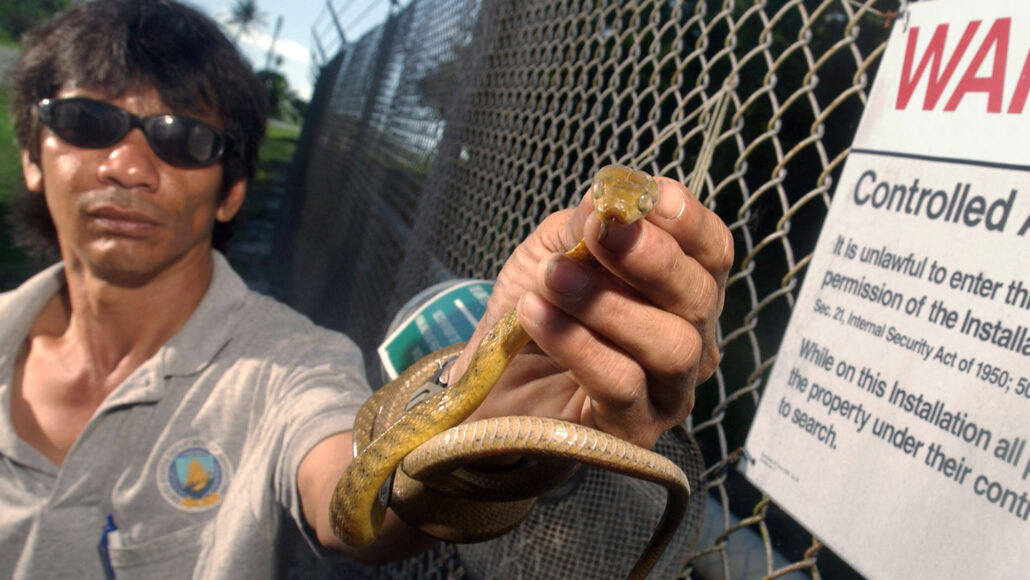
Invasive brown tree snakes probably first came to the Pacific island of Guam as stowaways on cargo ships or airplanes. With no natural predators, they have since hunted most of Guam’s native birds to extinction.
USDA/US Air Force/Master Sgt. Lance Cheung/Flickr (CC-BY 2.0)
Feral pigs. Green iguanas. Red imported fire ants. Asian carp. Your pet cat. All of these critters have one thing in common. They’re troublemaking intruders, coming to a native habitat near you. Scientists call them invasive species.
When organisms relocate to places where they aren’t native, they are called introduced species. Usually, introduced species don’t cause major issues. They don’t survive, or they are “basically good citizens” that don’t do damage, says Judith Weis. Weis is a marine biologist. She works at Rutgers University in New Brunswick, N.J.
But invasive species aren’t your average newcomer. An invasive species is an animal, plant or microbe that causes problems in a new place. Often, humans helped them get there, by accident or on purpose. Invasives spread widely and make life harder for native organisms. They also create billions of dollars’ worth of damage every year. More than 6,500 different invasive species reside in the United States alone.
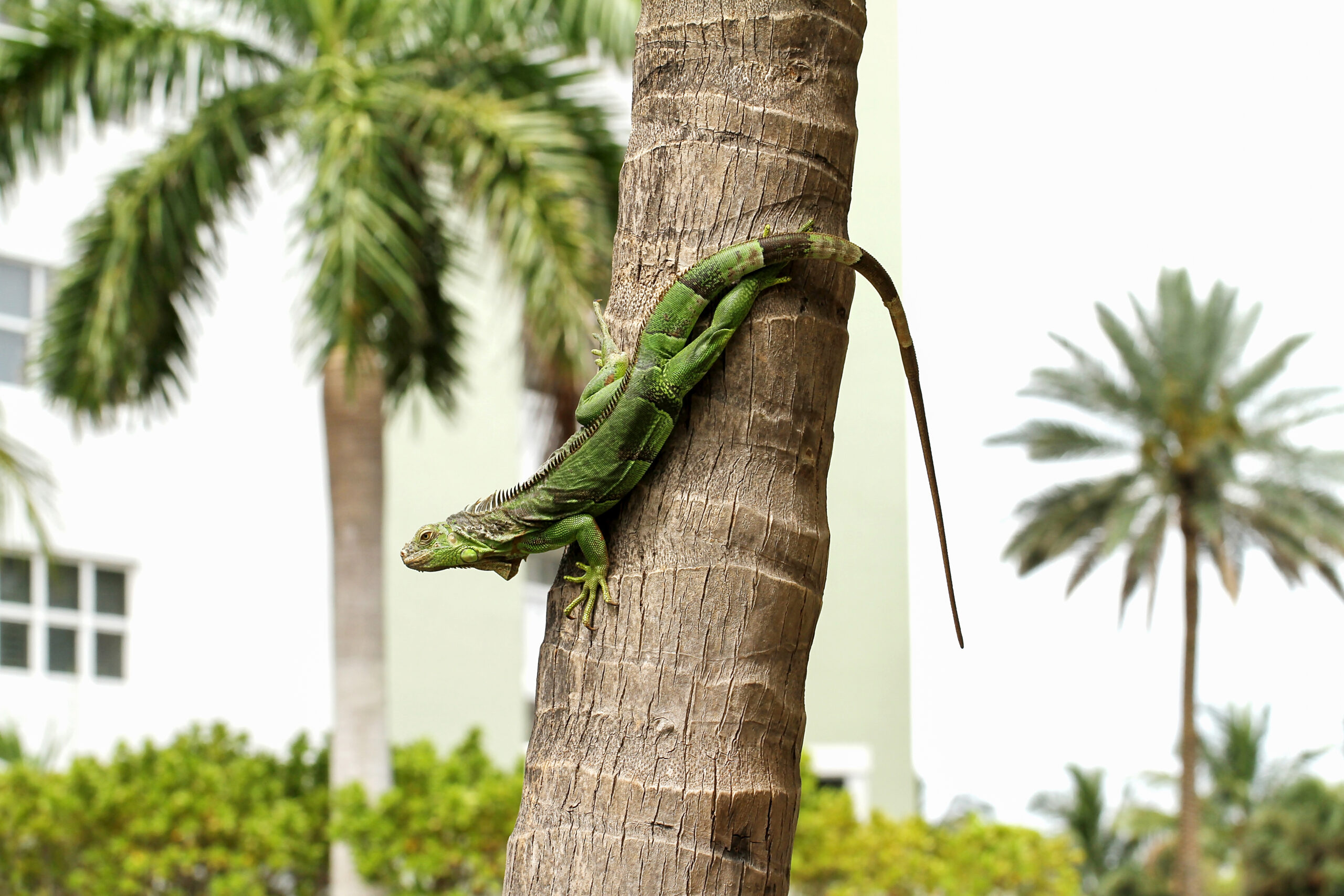
Invasive species can radically shake up an ecosystem. They can bully the locals — by eating their favorite foods, crowding them out or hunting them down. Often, native wildlife don’t recognize invasive predators as a threat. “A new thing arrives, and the prey don’t know to be afraid of it,” Weis says.
Invasive species immigrate by land, air and sea. Some travel as stowaways on shoes, boats or tires. Others hitchhike in fruit, firewood or other animals’ poop. Some escape from farms, laboratories or garden centers. Others are exotic pets that broke free or were released into the wild. Humans often play a role in this spread, but we pay a hefty price. Termites chew on our buildings. Mosquitoes give us diseases. Rats destroy our crops.
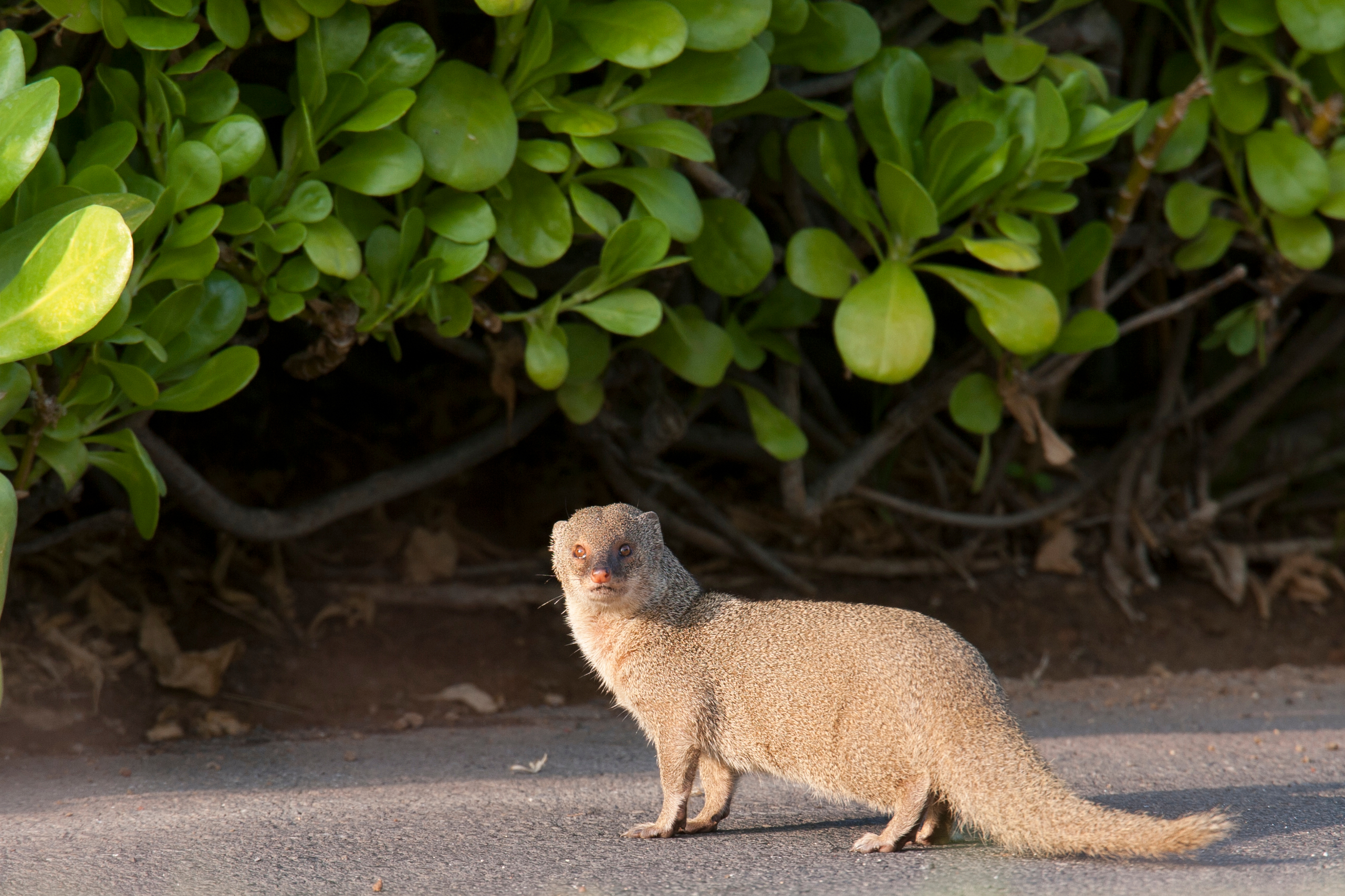
And sometimes people introduce species intentionally — to try to stop other invasive species! But this strategy may not work well in all cases. Hoping to control invasive rats, for instance, farmers brought the small Indian mongoose to Hawaii. But mongoose also devour sea turtle eggs and native birds. So instead of one problem species, the island ended up with two.
Recipe for an invasion eaters
Invasions don’t happen every time a newcomer steps into a foreign land. There must be a fit between the organism and the ecosystem. “And when those two mesh,” says Steve Johnson, “you can have problems.” Johnson is a wildlife biologist at the University of Florida in Gainesville.
Florida teems with invaders that found that mesh. Burmese pythons slink through wetlands, swallowing native prey. Cuban tree frogs sneak into pipes and porchlights. Troops of rhesus macaques (Muh-KAKs) carry the herpes B virus, which can cause severe brain damage in people. Florida’s warm, wet climate works well for these tropical intruders.
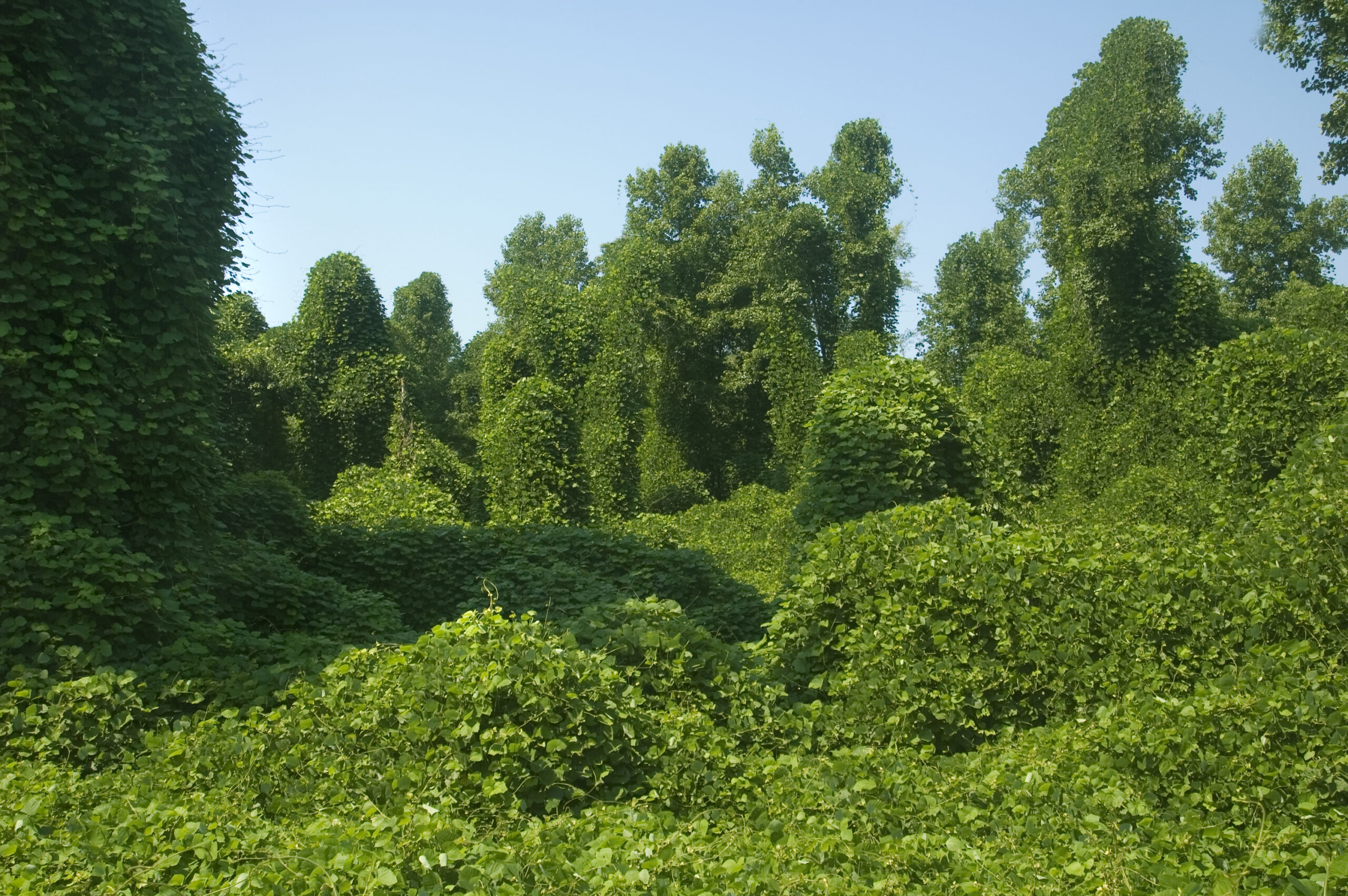
But flexible creatures can invade many climates. Invasive organisms tend to be explorers that dine from a diverse menu. And if a species has been an invader in one place — watch out. “That’s a pretty solid predictor that it can also become invasive somewhere else,” Johnson says.
Invasive species tend to grow and reproduce in a hurry. Rats, for example, birth up to six litters per year. Kudzu vines grow up to 0.3 meters (1 foot) each day, engulfing power lines in days. A speedy life cycle helps invasives multiply and spread fast. That makes them hard to control.

Educators and Parents, Sign Up for The Cheat Sheet
Weekly updates to help you use Science News Explores in the learning environment
Thank you for signing up!
There was a problem signing you up.
But there’s another special ingredient in the invasive species recipe: human preference. Looking at a list of invasive plants, you might think, “Wow, they’re pretty. Do invasive plants have to be pretty?” says Bethany Bradley. She is an invasive ecologist. She works at the University of Massachusetts in Amherst.
Beauty isn’t actually a requirement. But people like taking good-looking organisms all over the world. Humans’ favorite imported plants can then spread seeds into the wild. Cute exotic pets can grow into large, complicated adults, and then get released by their owners into native habitat. So even beauties can become harmful invaders.
Scientists warn of invasions to come
As the world gets hotter, invasive species can pose even more serious threats. Native organisms already have a hard time adapting to changing ecosystems. Survival gets even tougher when they now have to cope with invasive competitors, too.
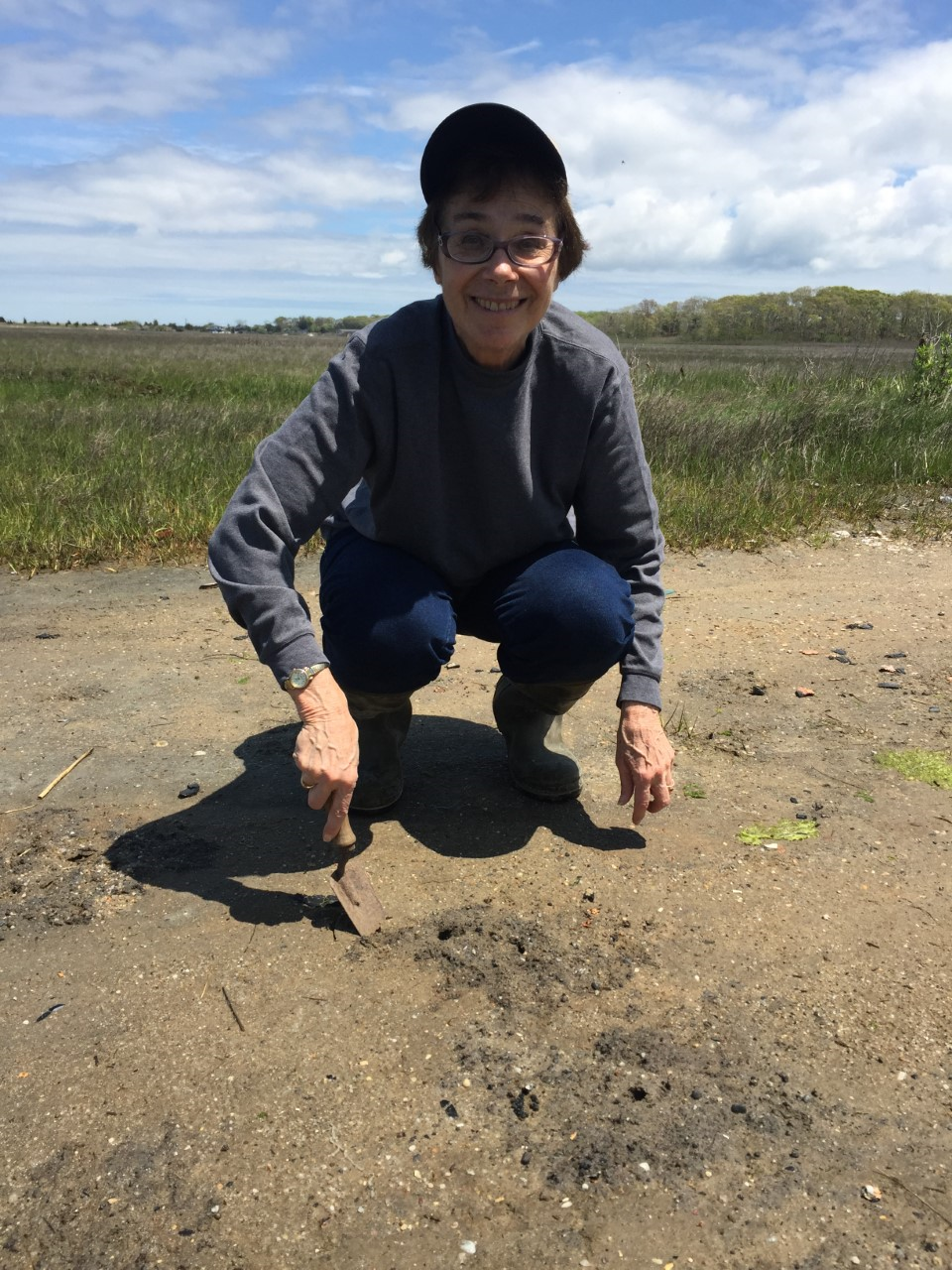
As temperatures rise, invasive species may move into areas that were previously too cold for them. They might also more easily hitchhike as humans move goods across the world in new routes, Bradley says. Right now, Japanese cargo has to travel across the Pacific Ocean and the entire United States to reach New York. But as Arctic sea ice melts, ships will be able to cross over the North Pole instead. “Are we going to be introducing more species from different places that we haven’t really paid attention to before?” Bradley wonders. Invasive stowaways may be more likely to survive this shorter trip.
By definition, invasive species cause harm. But as the climate warms, scientists need to better understand their total relationship to an ecosystem, Weis says. She studies the invasive common reed. It outcompetes native wetland plants. In coastal marshes, however, it helps protect against erosion due to sea level rise, one of the effects of climate change. The common reed does “good stuff, as well as bad stuff. And that makes a complicated picture,” Weis says.
One thing is certain. The best way to reduce invasive species’ harm is to prevent invasions in the first place. Once an invasive species has spread widely, it’s very difficult to remove its population entirely.
But you can do your part to reduce invasions in your own backyard. Planting native gardens can help provide habitat for native wildlife. If you have a pet, keep them securely contained. It is best for cats to stay indoors or on a leash, so they cannot hunt native wildlife. And if you can no longer keep your pet fish or reptile, always find them a new home. Never release them into the wild. “We are the root of the problem,” Johnson says. “And that also means we are the root of the solution.”
